Am I Pansexual Quiz: Do You See People, Not Genders?
○ DISCLAIMER
The quizzes and content on this website are designed for entertainment purposes only and should not be used as a basis for making personal decisions about your sexuality, gender identity, or any other life choices. These quizzes are not diagnostic tools and cannot determine your identity or orientation. If you're questioning your identity or need support, we strongly encourage you to seek guidance from qualified LGBTQ+ friendly professionals or counselors. Remember that your journey of self-discovery is unique and personal to you.
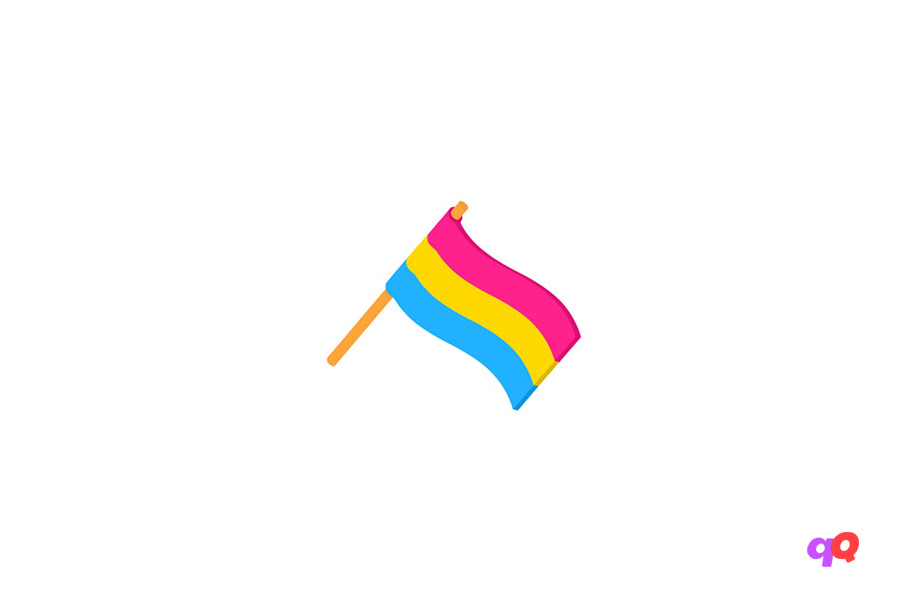
‘Love is blind,’ says an old proverb. For pansexual people, this metaphor takes on a special meaning: their hearts truly do not see gender boundaries, responding to the human soul in all its manifestations. Our quiz is based on the stories of those who have learned to love by letting go of familiar categories and labels.
What is Pansexuality?
The history of the term “pansexuality” dates back to the early 20th century when psychologists and sociologists began studying the diversity of human sexuality. The prefix “pan-,” derived from ancient Greek, carries the idea of universality and all-inclusiveness. In modern context, pansexuality is defined as the ability to experience emotional, romantic, and/or sexual attraction to people regardless of their gender identity.
This goes much deeper than just physical attraction. Pansexuality is a unique way of perceiving human relationships, where a person’s personality, their inner world, and character become the primary factors of attraction. Gender in this case takes a back seat, becoming just one of many human characteristics, alongside their intellect, sense of humor, creative abilities, and other qualities.
The Purpose of the Pansexual Quiz
In creating this quiz, we aimed to provide a tool for exploring one’s own identity. In today’s world, where information about various sexual orientations is becoming increasingly available, many people begin to question their sexuality. This is especially relevant for those who feel that traditional definitions of sexual orientation don’t quite describe their experience.
Our quiz is built on years of research and real stories from people who identify as pansexual. Each question reflects a certain aspect of the pansexual experience, whether it’s the peculiarities of emotional perception, the nature of romantic attraction, or the specifics of building relationships.
Signs of Pansexuality That Form the Basis of the Quiz
The quiz explores various aspects of attraction, emotional responses, and social interactions characteristic of pansexual people. Each of these signs individually may be found in people of different orientations, but their combination often indicates the pansexual nature of attraction.
Emotional Attraction Without Gender Boundaries
One of the key aspects of pansexuality is the ability to form deep emotional connections regardless of a person’s gender. This manifests in how pansexuals perceive potential partners – their attention is primarily drawn to personality traits, intellectual compatibility, and emotional depth.
Pansexuals often describe their experience of falling in love as an “attraction to the soul.” They can be charmed by someone’s intellect, creative thinking, kindness, or sense of humor long before any physical attraction develops. This doesn’t mean the absence of a sexual component in relationships – rather, it suggests that sexual attraction forms through the prism of emotional connection.
Perception of Beauty and Attractiveness
Pansexuals often demonstrate a unique approach to understanding physical attractiveness. For them, beauty can manifest in various forms – from traditional masculinity to androgynous appearance, from feminine grace to gender-nonconforming presentation.
Interestingly, many pansexuals note how their perception of beauty has changed over time. What might have initially seemed unusual or even off-putting eventually begins to be perceived as attractive – this is connected to developing the ability to see beauty beyond traditional standards.
Social Interaction and Communication
In social contexts, pansexuals often show high levels of empathy and acceptance of various forms of self-expression. This manifests in their ability to easily find common ground with people of different gender identities and in the absence of prejudices regarding gender roles and stereotypes.
Many pansexuals note that their orientation has influenced their worldview as a whole, making them more open to the diversity of human experience. They often become active participants in the LGBTQ+ community, advocating for the rights and visibility of various gender and sexual identities.
How Pansexuality Differs from Bisexuality and Omnisexuality
Although these orientations might seem similar at first glance, there are subtle but important differences between them. Bisexuality is traditionally defined as attraction to two or more genders, where a partner’s gender can influence the nature and intensity of attraction. Bisexuals may have preferences regarding certain gender expressions or experience different types of attraction to people of different genders.
Omnisexuality is closer to pansexuality in the sense that omnisexuals can also experience attraction to all genders. However, for them, a partner’s gender identity remains a significant factor in forming attraction. Omnisexuals consciously perceive and consider gender in their romantic and sexual preferences.
Pansexuality, on the other hand, is characterized by a “gender-blind” approach to attraction. This doesn’t mean that pansexuals don’t notice or ignore gender – rather, it’s not a determining factor in forming romantic or sexual interest. Metaphorically, this can be compared to perceiving eye color: we notice it, but rarely make it a decisive factor in choosing a partner.
How Pansexual People Find Partners
In the era of digital technology and growing LGBTQ+ visibility, pansexuals have many opportunities for meeting people and building relationships. Many use specialized dating apps where they can openly indicate their orientation and preferences. This helps avoid misunderstandings and immediately find people who share similar views on relationships.
LGBTQ+ communities, both online and offline, also play an important role in pansexuals’ social lives. These are spaces where one can be themselves without fear of judgment or misunderstanding. Various events, meetings, and discussion groups are held here, allowing people to find like-minded individuals and potential partners.
However, many pansexuals also successfully meet people in traditional places – at work, through friends, at cultural events. The main difference lies in their approach to meeting people more openly, without limiting themselves to preconceived notions of a “suitable” partner.
Accepting One’s Sexual Orientation
The journey to accepting one’s pansexuality can be challenging, especially in societies with strong heteronormative attitudes. Many face misunderstanding from others, doubts about the “reality” of their orientation, or stereotypical views of pansexuals as being “promiscuous.”
The process of self-acceptance often includes several stages: from first inklings and doubts through a period of exploration and self-understanding to acceptance and integration of one’s identity into the overall picture of personality. For many, an important stage is meeting other pansexuals, finding community, and support from like-minded people.
Self-identification as pansexual doesn’t require specific “experience” or “confirmation.” Some people realize their pansexuality even without having romantic or sexual relationships. Others come to this understanding after a long period of relationships with people of different genders.
In today’s world, more and more people recognize that sexuality is a complex and multifaceted aspect of human nature that doesn’t always fit into simple definitions. Pansexuality offers a special perspective on love and attraction, where the main criterion becomes not the external form but the inner content of a person.
Our quiz is a tool for self-discovery that can help better understand your feelings and preferences. However, remember that no test can give a definitive answer about your sexual orientation. This is a personal journey where everyone goes their own way at their own pace.
Exploring one’s sexuality is part of a broader process of self-discovery and personal growth. Regardless of whether you identify as pansexual or not, it’s important to remember that every person deserves love and respect, and the ability to see beauty and value in people regardless of their gender identity is a gift that enriches our lives and makes the world more inclusive and accepting.
○ Related Quizzes
Questions Overview
- I have a specific gender that I'm usually attracted to.
- It depends on the person's personality, regardless of their gender.
- Gender doesn't play a big role in my attractions.
- I often find myself attracted to people of multiple genders, but not all.
- You are supportive, but it doesn't change your feelings towards them.
- Your feelings towards them could change, becoming more attracted to them.
- You are supportive, but you can't imagine being attracted to them.
- Your feelings don't change as you were already attracted to them.
- A person's physical features that you generally find attractive.
- The gender of the person.
- The personality and charisma of the person, regardless of their gender.
- Whether the person seems approachable or not.
- Very open; I believe sexuality is fluid.
- I'm a bit hesitant but open to the idea.
- Not at all; I am confident in my current identification.
- I've never really thought about it.
- Irrelevant. You're attracted to intelligence, regardless of gender.
- The same as yours.
- Different from yours.
- A specific gender that you're usually attracted to.
- They're useful but limited and not all-encompassing.
- They're essential; everyone fits into one label or another.
- I don't believe in labels; love is love.
- They're good for others, but personally, I don't need one.
- That's awesome; I might be even more attracted to them now.
- That's great; I support them but don't feel a shift in attraction.
- I'm supportive but can't imagine being attracted to them now.
- I don't think this would affect my feelings towards them.
- Not at all. If we click, we click!
- Yes, I generally lean towards specific genders.
- I'm unsure; it's a case-by-case basis.
- It might; I haven't explored this aspect before.
- The individual's personality and values.
- Their gender and how they identify.
- Physical attractiveness, regardless of gender.
- It varies; I don't have a fixed pattern.
- Yes, gender has no bearing on who I'm attracted to.
- I've never been in such a situation, but I wouldn't rule it out.
- No, I have a fixed preference for certain genders.
- I'm not sure, but I'm open to the possibility.
- I'm still attracted to them; their gender doesn't affect my feelings.
- I'm happy for them but it doesn't influence my attraction.
- It's difficult for me to feel attracted to them now.
- I'm not sure, but it doesn't change my admiration for them.
- No, I still feel the same way about them.
- I feel even more connected and potentially attracted to them now.
- I can't imagine feeling attracted to them.
- It doesn't affect me either way.
- Almost never.
- Sometimes, but it's not the only factor.
- Frequently; it's a significant factor.
- It depends on the situation and the person.
- We'll figure it out together, my attraction to them won't change.
- I'd support them, but unsure about how my feelings might evolve.
- I worry about the implications for our relationship.
- It's their journey, but I don't think it would affect my attraction.
- Gender is fluid and exists on a spectrum.
- Gender is binary - male or female.
- I'm open to the idea of non-binary genders but haven't explored much.
- I believe in multiple genders, not just male and female.
- Completely comfortable and even relate to it.
- I'm open to it, but unsure if it describes me.
- I struggle with the concept personally.
- It's something I've considered but not fully explored.
- Anyone of any gender, it doesn't matter to me.
- A specific gender you're generally attracted to.
- Multiple genders, but not all.
- Uncertain, you haven't thought that far ahead.
- Agree; it's something I've considered or identify with.
- Be open to the possibility and consider it further.
- Dismiss it; I'm certain about my sexual orientation.
- Be surprised; I've never considered that before.
- Yes, and I'm open to all possibilities.
- Yes, but I'm still unsure.
- No, I've always known my preferences.
- I've had moments of doubt, but I haven't explored it deeply.
- It feels right; it could describe me.
- I'm not sure, I need to learn more about it.
- It doesn't apply to me.
- It's possible, but I need to think about it.

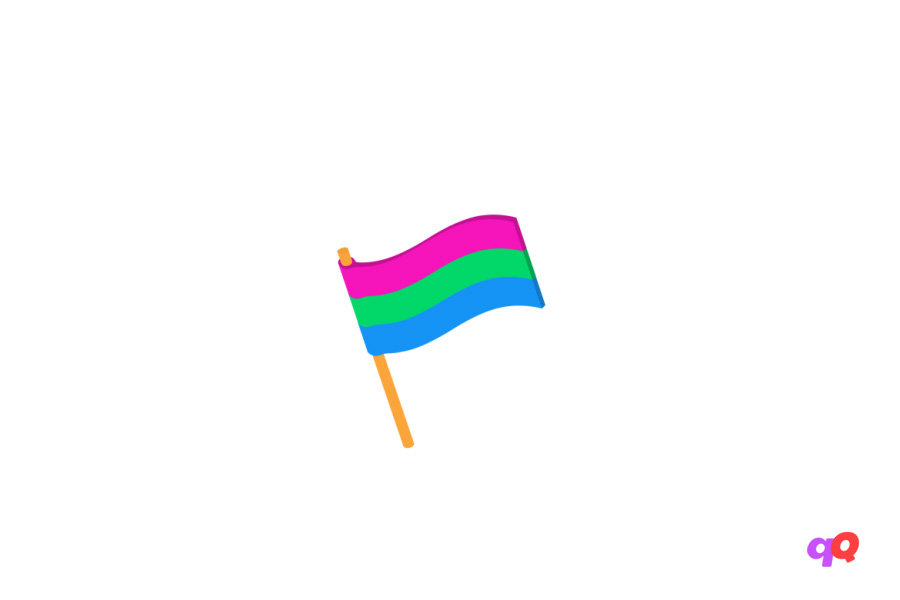

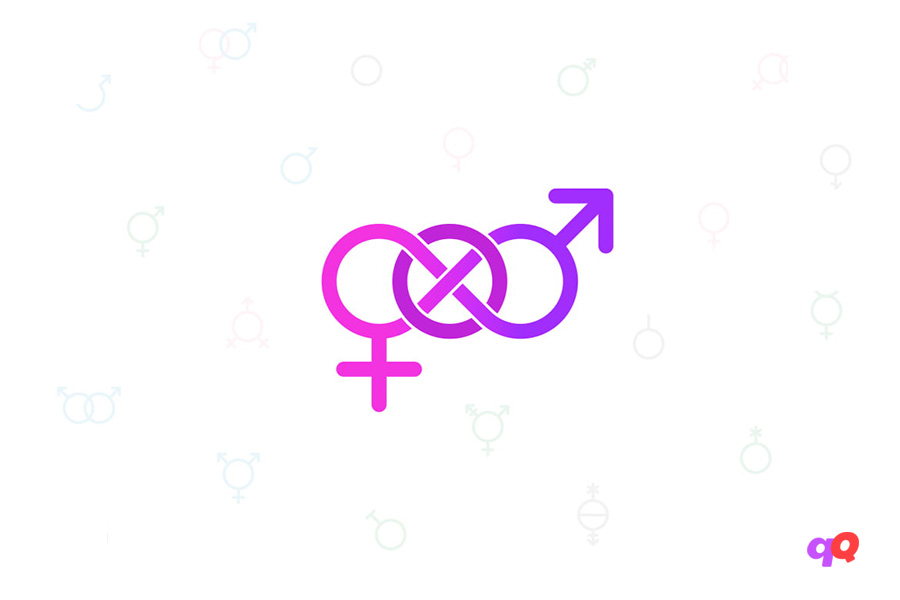
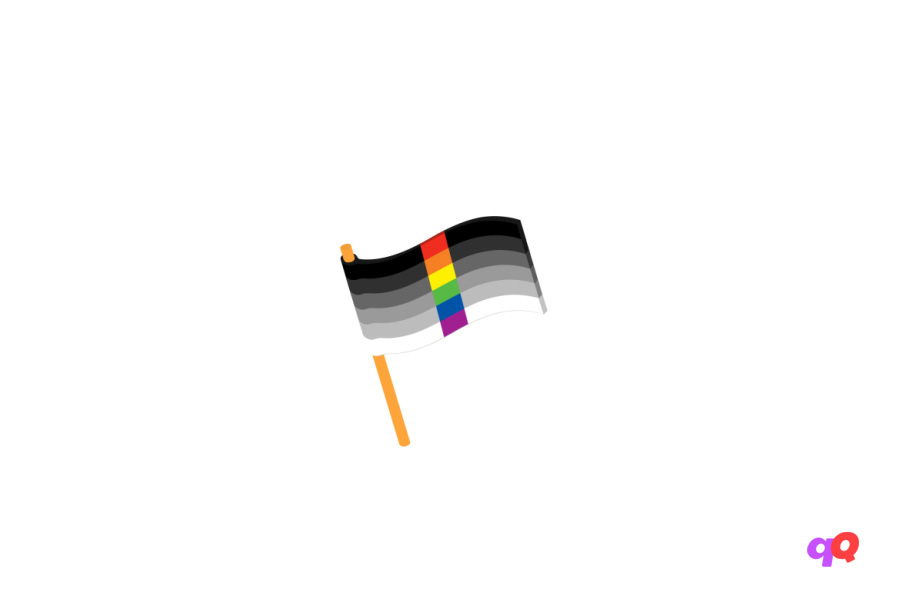
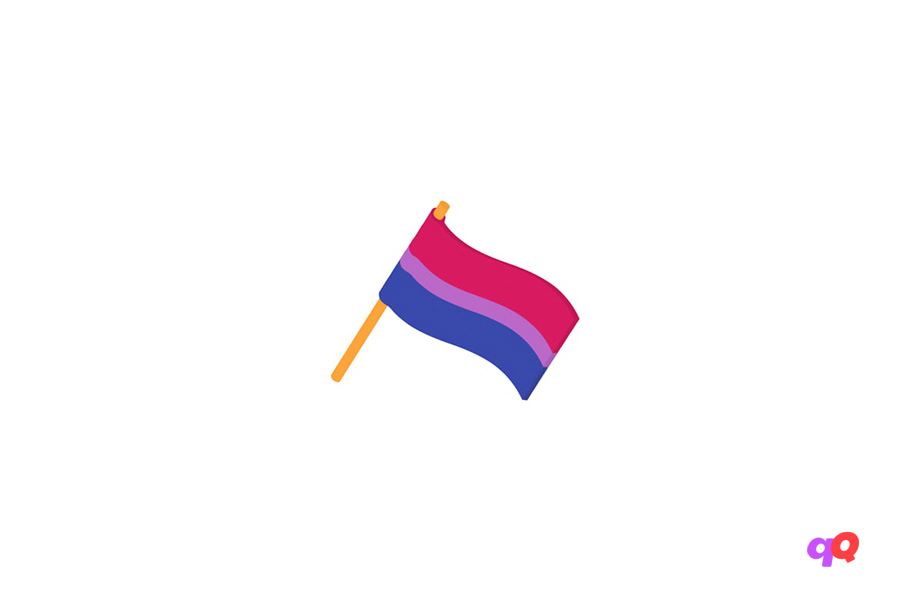

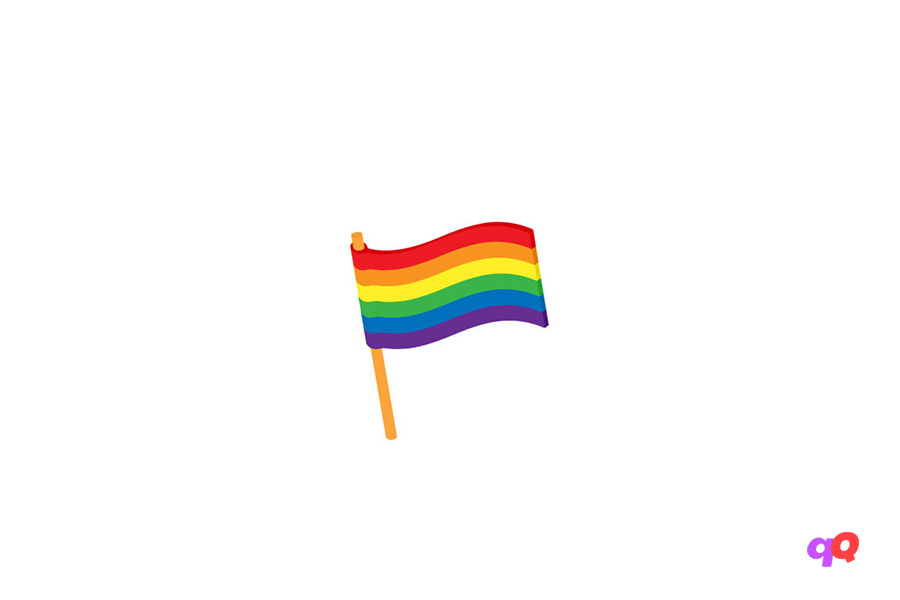
Thank you for making this!
yeah
I feel very strongly that im pansexual and genderfluid, but i dont think my moms going to take it well…